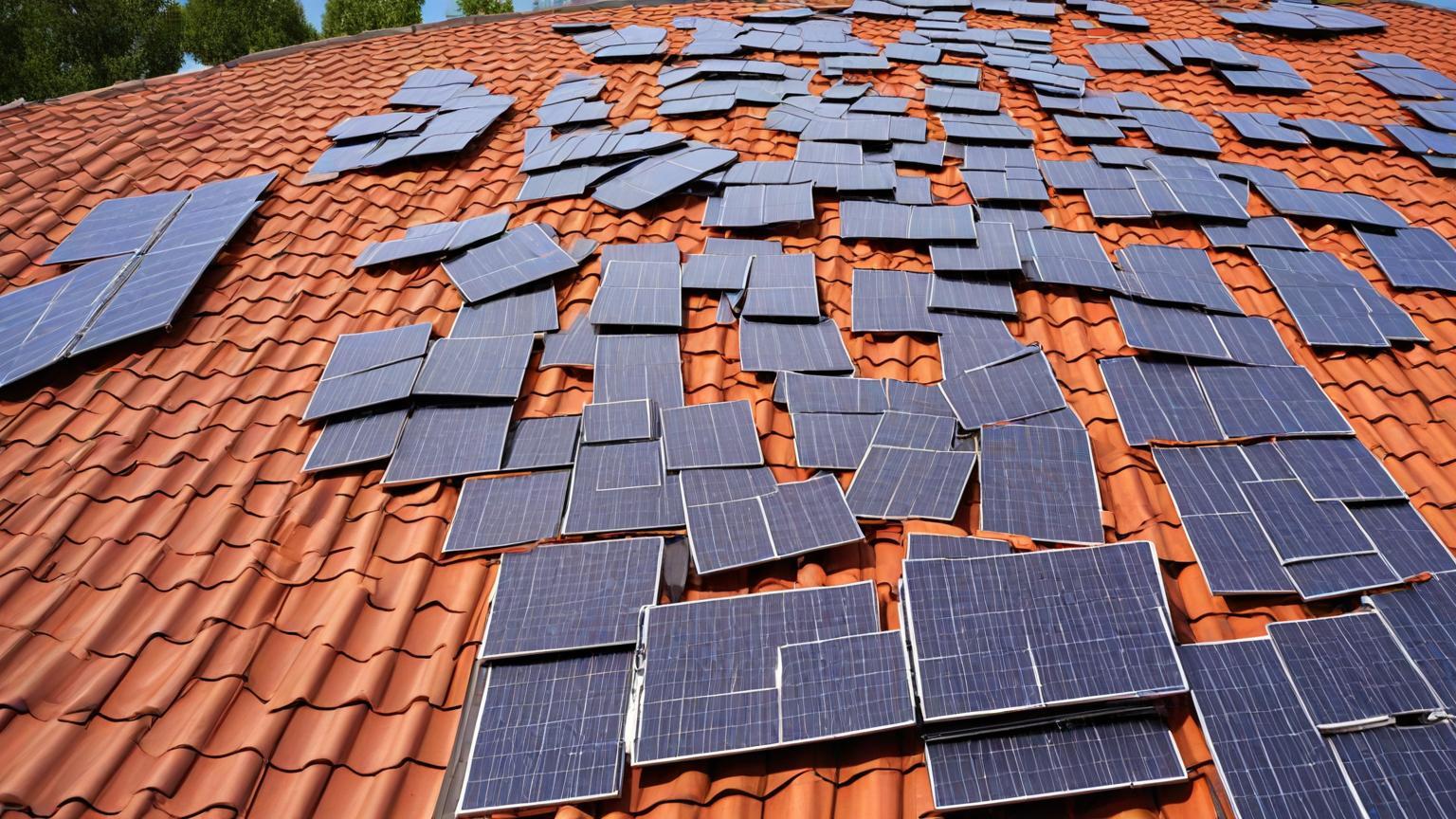Amid the limitless sprawl of urban jungles, solar innovation is gleaming brighter than ever. Picture the endless arrays of roofs blanketing cities from New York to Tokyo, gleaming with opportunity, each rooftop a goldmine waiting to be unleashed. Enter solar skins, a nascent yet transformative technology with the power to reshape modern skylines, combining aesthetics and sustainability in a way never seen before.
Solar skins are not the typical photovoltaic panels that come to mind. These are advanced materials engineered to mimic shingles, tiles, or even custom designs while efficiently harvesting sunlight. This innovation lies in the brilliant intersection of art and technology, offering an array of designs that blend seamlessly with any architectural style.
Consumers initially concerned about the appearance of traditional solar panels can now rejoice. The adaptive nature of solar skins makes it possible to maintain the aesthetic integrity of historical buildings and modern condos alike. In a society increasingly inclined towards personalization and customization, solar skins cater to individual tastes without sacrificing efficiency.
The drive towards urban sustainability is a crucial motivator. Cities account for more than 70% of carbon emissions worldwide, according to recent data from the International Energy Agency. As urban populations soar, the pressure is mounting to adopt cleaner energy solutions. Solar skins respond directly to this need, providing a smart, environmentally friendly option that doesn't compromise on visual appeal.
The technology behind solar skins is both pragmatic and innovative. By embedding solar cells beneath a layer of translucent material that can be custom printed, manufacturers like Sistine Solar offer products that mask the typical grid-like appearance of panels. Their advantage is more than skin-deep; solar skins have been reported to reach up to 90% efficiency of their conventional counterparts, all while maintaining the desired aesthetic.
Consider a cityscape where every building facade not only complements the skyline but actively contributes to its energy needs. In the not-so-distant future, buildings lining our bustling streets could double as power generators, thanks to this advanced solar technology.
Of course, like any burgeoning innovation, solar skins must navigate the choppy waters of cost and scalability. Presently, they come at a premium compared to standard solar panels, posing a significant barrier to widespread adoption. However, as technology matures and demand rises, production costs are anticipated to fall, democratizing access to this sophisticated solution.
A broader question persists among city planners and environmental advocates: can solar skins hold the key to a net-zero future for urban areas? Proponents argue their integration on new and existing buildings could be a game-changer in meeting emissions targets.
Moreover, the narrative around renewable energy's adoption is shifting. No longer just a discussion of efficiency and savings, it's also about aesthetics and identity. As people choose homes that reflect their values, solar skins offer a tangible way to demonstrate commitment to sustainability without compromising style.
The rise of city-based initiatives aiming to reduce carbon footprints further accelerates the adoption of solar skins. From municipal policies encouraging renewables to incentives for green renovations, the collective push is evident and growing.
In conclusion, solar skins represent a promising fusion of technology and artistry poised to redefine urban sustainability. They cater to an evolving customer base that demands both ecological responsibility and visual harmony. While comprehensive adoption is still a few strides away, the seeds of this transformation are already sown, as solar skins prepare to sunbathe atop the rooftops of tomorrow's cities.
As we stand on the brink of a new era in solar technology, the question remains not if or when, but how this pivotal innovation will spread across our cityscapes, etching a cleaner, greener chapter in urban evolution.
Revolutionizing rooftops: the impact of solar skins on urban landscapes

